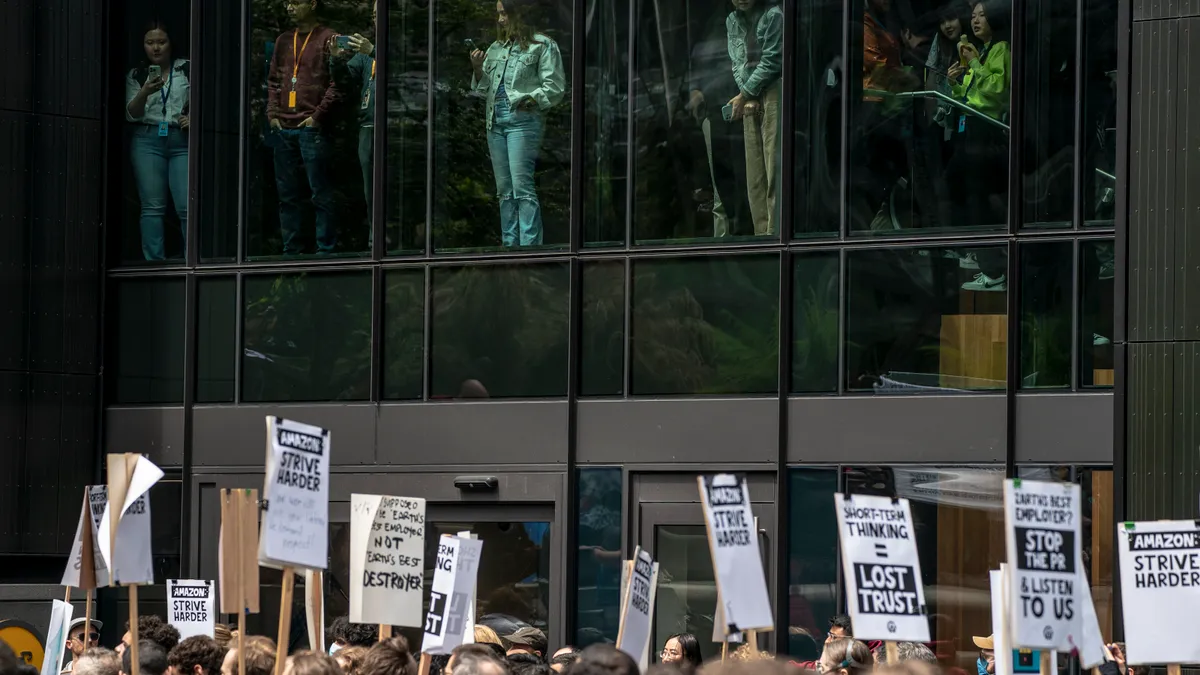Dive Brief:
- Travis Kalanick, Uber CEO, is officially out, according to The New York Times. He earlier announced that he was taking an "indefinite leave" of absence, but shareholders didn't think that was enough, the Times said.
- Kalanick is the 15th executive to leave the company since February of this year, creating a massive leadership hole and questions over who will take over in his stead. Kalanick will remain on the company's board, however.
- Uber is in the midst of an existential crisis, with both its internal culture, its attempts at innovation and its business model relying on independent drivers coming under fire in recent months.
Dive Insight:
This move wasn't entirely unexpected since Kalanick announced he was stepping away early last week. But it does shine a spotlight on the mess Uber has found itself in, with problems plaguing the company on several fronts.
Internally, the company has struggled to overcome its "bro" culture after Susan Fowler, a former Uber engineer, exposed the company's issues in a blog post earlier this year. Uber brought in external investigators to examine the issue and provide solutions. At least 20 employees have been fired because of the investigation so far, not including executives who stepped down in response.
Externally, Uber is at the center of the debate over independent contractor classification and exactly how far the classification can extend. The company has so far racked up a combination of wins and losses, but most recently, courts in New York slammed Uber with millions in commission payments and a ruling that claimed three drivers qualified for unemployment benefits — hinting that they could be classified as full-time employees. Naturally, these cases have raised questions about the company's future profitability.
Uber is an example of a high growth company that introduced disruptive innovation internationally with its business model, but likely at the cost of its HR department. Companies that don't prioritize responsible HR practices (especially when dealing with touchy employee classification issues) risk sowing problems that simmer just under the surface until they suddenly and dramatically explode.
















